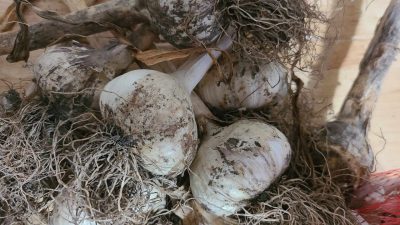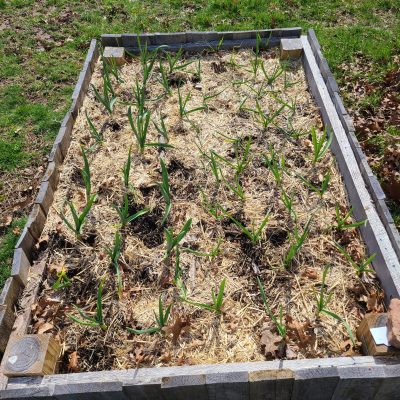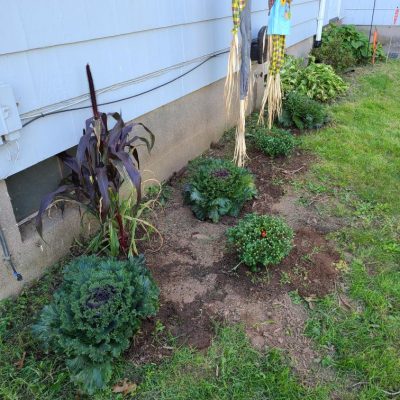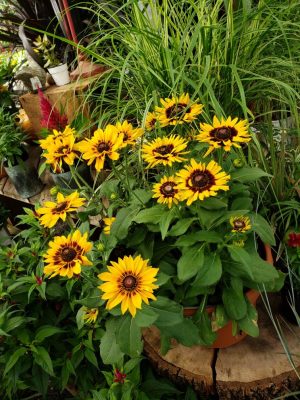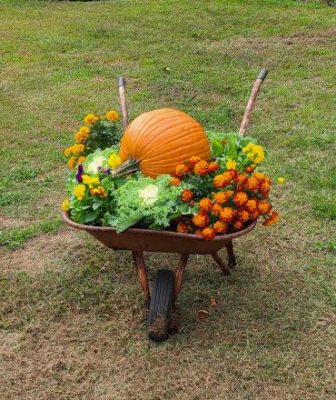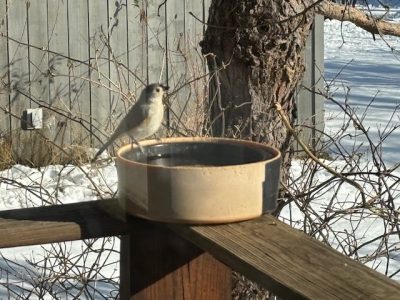By Dr. Avishesh Neupane, UConn Soil Nutrient Analysis Lab
When I was a graduate student from Nepal living in New Haven from 2012 to 2014, I kept noticing the same winter aftereffect across town. Along busy streets, the first foot of lawn by the pavement turned yellow and matted, and the road-facing sides of yews and hollies burned while the yard sides looked fine. Coming from a place that does not spread salt each winter, it felt backward. We made the road safer, but the plants and soil paid the price. At UConn’s Soil Nutrient Analysis Lab, we hear versions of this every spring. People send soil from a strip along the road or from a bed near the driveway and say that spot never greens up like the rest.
You have also likely noticed the symptoms. Fine particles form a crust on the soil surface where water evaporates. Turf browns right at the pavement edge. Buds on the roadside of a shrub fail to break. Evergreens brown on the street side when traffic spray carries salty water, while the interior needles stay green. Vegetable beds that sit too close to plow piles can exhibit poor emergence, tip burn, or slow growth, even when the rest of the garden appears fine.
What road salt does to soil
Sodium chloride (rock salt) is the most widely used deicer. Once it dissolves, it separates into sodium (Na⁺) and chloride (Cl⁻). Chloride is highly mobile. It moves with meltwater, so in a wet spring, it can leach through the soil and, where conditions allow, reach groundwater, affecting well water quality.
Sodium changes how soil behaves. In healthy soil, calcium and magnesium sit on exchange sites; repeated sodium inputs displace them, sealing the surface, reducing infiltration, and making the soil feel tighter right where plants already struggle. Sodium also competes with potassium uptake, so salt-burned spots can look nutrient-deficient even when tests show adequate levels.
Alternatives to sodium chloride are often less harsh but cost more. Magnesium chloride and calcium chloride melt at lower temperatures but still add chloride and can injure plants and corrode concrete and metal. Calcium magnesium acetate (CMA) is chloride-free and generally gentler, yet it’s pricier and harder to find.
Lab testing and management options
If you inform the lab that the sample is from a salt-affected area (such as a roadside, plow pile, or splash zone), they will interpret the numbers with that history in mind and, if necessary, use the appropriate salinity method for your sample.
- Soil pH and texture (and organic matter). Sandy roadside fill flushes salts quickly but is more susceptible to damage due to its low buffering capacity. Heavier soils with more organic matter hold up better but can crust at the surface after repeated salting. For optimal plant health and reduced salt uptake, aim for a pH of approximately 6.5–7.0; your report will include a lime rate if your pH is below this range.
- Soluble salts / electrical conductivity (EC). EC shows how salty the root zone was when you sampled. It is most informative right after winter or snowmelt, when salts are near the surface. For mineral soils, labs typically measure EC from a simple soil–water extract.
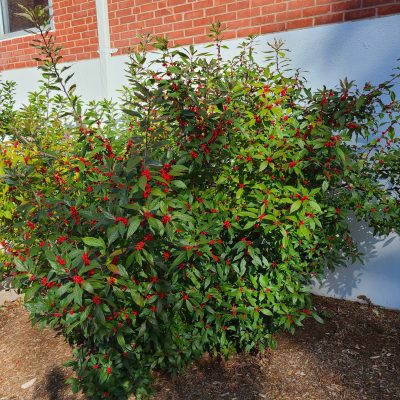
Start with prevention. Before winter, top-dress the first 1–2 feet along the road with a thin layer of compost to improve structure and exchange capacity. Keep that strip covered, overseed thin turf, or use a salt-tolerant edge, and ask the plow operator to place piles where meltwater drains to the street or to vegetation that isn’t over your well line. Where meltwater goes matters as much as how much salt you use.
After winter, fix what the season left behind. If the roadside sample shows elevated EC, lightly loosen any compacted or crusted soil so that water can infiltrate. Then, leach the area with two or three deep soakings a few days apart to push salts below the main root zone. If a hedge or shrub burns on the roadside year after year, consider moving it back or replacing the front row with more salt-tolerant plants.
For chronic hotspots, shift from one-time flushing to long-term protection: use less deicer, keep piles away from beds and wells, maintain dense groundcover in the first foot along pavement, and in harsh exposures, consider stone mulch plus seasonal compost topdressing to help the soil rebound.
If your well water tastes salty, check the state’s road-salt guidance and contact your town. When the damage is limited to curb strips or driveway beds, soil testing and better winter practices usually solve it.
The UConn Home & Garden Education Center supports UConn Extension’s mission by providing answers you can trust with research-based information and resources. For gardening questions, contact us toll-free at (877) 486-6271, visit our website at homegarden.cahnr.uconn.edu, or reach out to your local UConn Extension center at extension.uconn.edu/locations.
This article was published in the Hartford Courant November 23, 2025
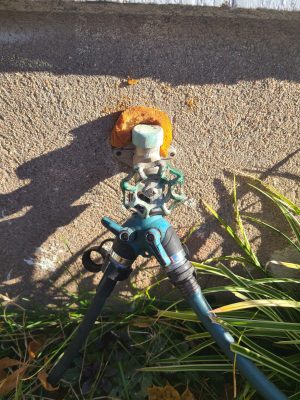
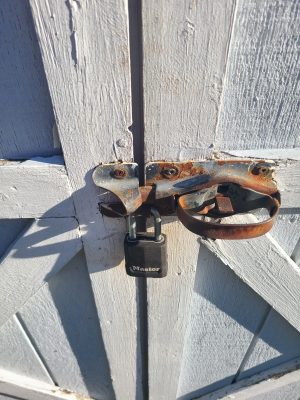

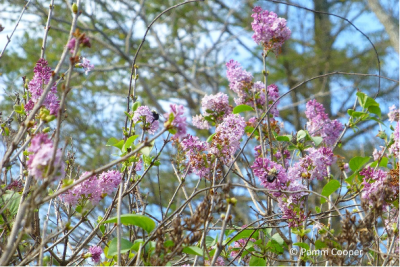
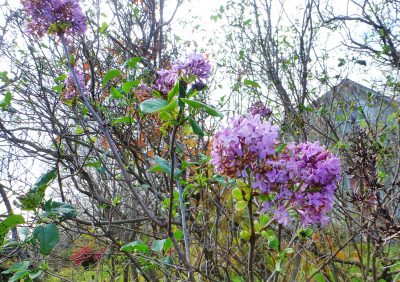
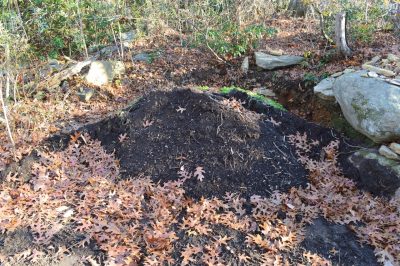 On October 1, 2024, Connecticut banned products made from biosolids or wastewater sludge that contain PFAS from being used or sold in the state as soil amendments. Biosolids are the treated solids left from wastewater treatment. Some products made from them were marketed for lawns and gardens in the past years. Connecticut’s new law closed that door to reduce PFAS in soils and runoff.
On October 1, 2024, Connecticut banned products made from biosolids or wastewater sludge that contain PFAS from being used or sold in the state as soil amendments. Biosolids are the treated solids left from wastewater treatment. Some products made from them were marketed for lawns and gardens in the past years. Connecticut’s new law closed that door to reduce PFAS in soils and runoff.